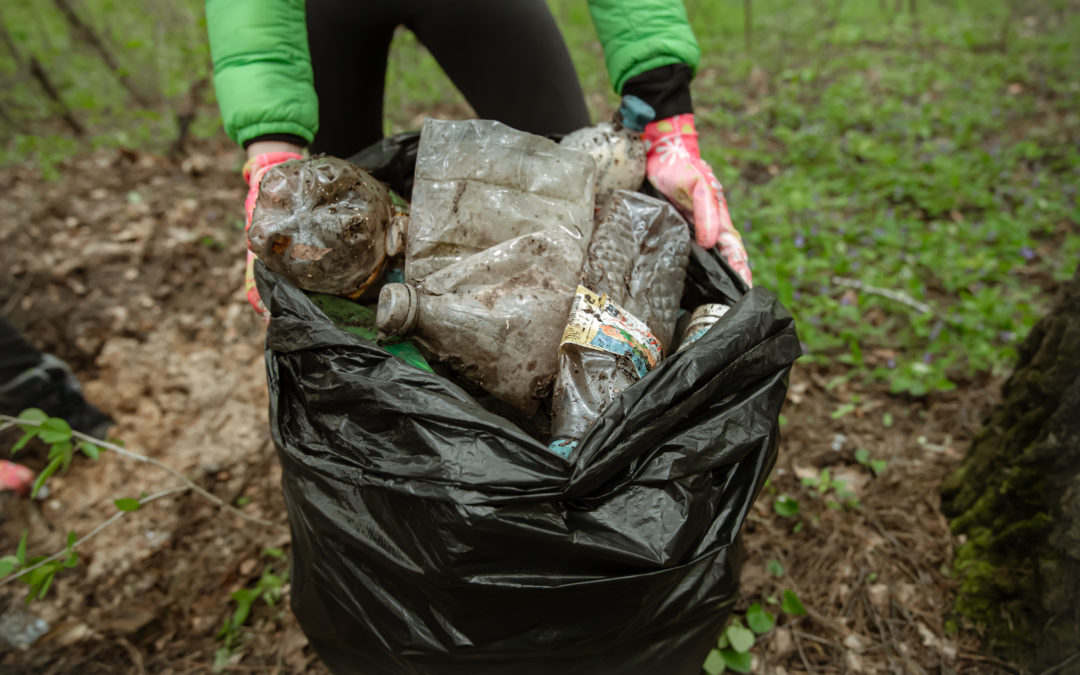The rules for waste disposal might not be consistent wherever you go. Properly disposing of waste can seem confusing for those not used to it, so too many people throw everything in the trash without a second thought. Yet, this can be incredibly harmful to our planet, which is why we need to get rid of waste properly and be open to smart waste solutions.
Different Types of Waste: Where Should it Go?
Figuring out where different types of waste should go can be frustrating. Here’s a breakdown of what’s garbage and what’s recyclable in Canada.
Disposing of Garbage
For some households, it might seem easiest to throw any waste into the garbage can. If it’s out of sight, it’s out of mind, right? Not exactly. With trash constantly adding to the world’s landfills, we need to find ways to reduce and reuse the waste instead of ignoring it. Anything that isn’t considered recyclable or hazardous waste can go in the trash bin, but there are lots of substances that shouldn’t be thrown out that way.
What’s Recyclable?
The rules for recycling vary based on where you live. In general, glass, aluminum, paper, cardboard, and certain plastics can be recycled in Canada. Some places even offer recycling options for more unusual items, such as paint, tires, or oil. So, if you’re uncertain, check the regulations for your province.
There are a few misconceptions that many people have about recycling. First of all, items covered in food and grease, such as pizza boxes, are not usually recyclable. Chip bags, candy wrappers, and lightweight plastic grocery bags are also rarely recyclable, but many try to recycle them anyway. Depending on your location, batteries also may or may not have recycling rules.
Many people don’t realize that you can also recycle electronics in most areas of Canada. You might need to check with the manufacturer to find the appropriate recycling program, but it’s much better than throwing it away. Donating old electronics is also a great way to reduce waste.
Once you learn your location’s recycling rules, it’s fairly easy to follow them. Yet, like many other locations, Canada has a huge lack of people recycling. Reports claim that Canadians only recycle about 9% of the plastics they use.
Yet, recycling isn’t the only key to making the world a safer place. There are some substances that you can’t dispose of on your own. So, what happens if you have hazardous waste to get rid of?
When Should a Waste Management Company Be Involved?
Hazardous waste is waste that needs to be handled by professionals. It’s usually the type of waste that’s made through industrial processes. Some examples of hazardous waste include:
- Chemicals, waste acids, contaminated sludges, and other hazardous materials from manufacturing
- Biomedical wastes from health care facilities
- Waste pesticides
- Waste solvents
- Industrial oils or lubricants that contain heavy metals
- Discarded batteries
- Polychlorinated biphenyls
The reason materials like these need to be disposed of differently is because they require more careful handling. If not properly disposed of, they could easily harm others and the environment. Instead of trying to always take matters into your own hands, reach out to a waste management company to help you deal with these types of harmful waste.
Smart Waste Solutions
While current waste disposal seems fine for many, there’s always room for improvements. In order to make waste removal easy and more efficient, the implementation of smart waste solutions has begun.
One of the most popular smart waste solutions is utilizing a sensor feature on waste bins. When a trash bin is full, the sensor will go off so it can be emptied right away. Otherwise, it might overflow, causing litter. Some companies prefer to use a camera instead of a sensor, which ultimately serves the same purpose.
Some garbage bins use sensors for different purposes. A sensor could use GPS to show the trash bin’s location. That way, companies can know when trash cans are set out for collection and when they’ve been moved due to vandalism.
Using sensors and cameras can help keep waste bins clean and effective, but they’re still in the works. One of the main issues with the system is that the sensor won’t always be accurate. It’s common for trash to be uneven as it stacks up in the garbage can, causing the sensor to think the bin is full when it’s really not. Also, if the garbage trucks have to take more trips to empty the garbage cans that wrongfully set off the sensor, then they’ll be wasting gas too.
Having multiple sensors might be the best way to combat those issues. Also, if there was a way for waste bins to recognize certain materials when thrown away, then that would make it easier to filter out the waste that was thrown in the incorrect containers.
Making Waste Disposal Easier
In addition to new technology, we also need to work on staying educated in terms of waste management. A lot of people don’t recycle or properly dispose of waste because they don’t know-how. So, if the waste regulations in all areas were distributed more, then perhaps it could make a huge improvement for our society and our planet.
The world has a long way to go in terms of improving smart waste solutions. Luckily, Hayward Environmental Consulting is here to assist with all your waste management needs, especially related to hazardous waste. Contact us today to request a quote and learn more about how you can make the world a safer place.

